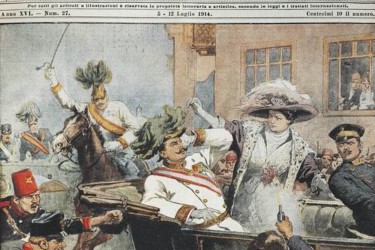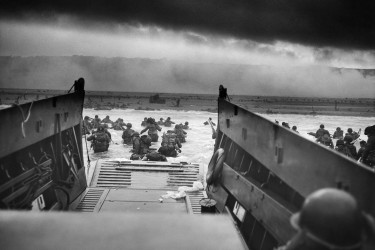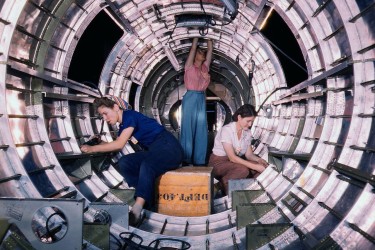This June 6 world leaders, thousands of tourists, and some families of liberating troops will gather for the eightieth anniversary of D-Day. It will be either the last major commemoration attended by veterans of the war or the first without any. But few will know the darkest part of D-Day’s story: the slaughter of French civilians by a British and American carpet-bombing campaign considered by historians and even some of its commanders to have been of little or no military purpose.
During the three months that followed D-Day, nearly 18,000 French civilians were killed by British and American bombers—nearly two fifths of at least 51,380 killed by Allied bombing during the war. That is low compared with the 420,000 Germans estimated to have been killed by Allied bombs, but roughly equivalent to the 60,000 British civilians killed in the Blitz. (The same number of Italian civilians were also killed by Allied bombing, two thirds of them after the armistice was signed in September 1943.)
Yet while the Blitz is a cult in British historical memory, these French victims of Allied bombs were almost invisible for five decades after D-Day and have occupied a marginalized corner of the war’s history in the years since. They are absent not only from official British and American accounts but from French ones, too—it was considered ungrateful to offend the liberators, and the Norman economy is significantly reliant on D-Day tourism. Visitors come to hear about victory, not a massacre of innocents by their own air forces.
One of the first books to recount the Allied bombing was Julien Guillemard’s L’Enfer du Havre, 1940–1944 (The Hell of Le Havre, 1940–1944; 1948), which concludes with a vivid account of the carpet-bombing of Le Havre in September 1944, after the rest of Normandy, and even Paris, had been liberated. Its final chapter is entitled “La Ville Assassinée” (The Murdered City). “What are they doing, these allies!” Guillemard fumes. In 1977 Eddy Florentin, who also survived the bombing, published another account, Le Havre 44: À feu et à sang (Le Havre 44: Fire and Blood), the last line of which reads: “But what liberation of Le Havre?”
Yet the bewildered anger in these books vanished from view until the 1980s, when two initiatives converged. One was the construction of the Caen Memorial, which opened in 1988. The other came when survivors studying in a program for mature students at the Inter-Age University at Caen wanted their voices heard. The connection between the two was the historian Jean Quellien, who was asked by the Caen Memorial and Caen University to lead the Center for Quantitative Historical Research on the university campus. Quellien and his team of researchers counted and named the dead in five huge volumes published between 1994 and 1997: 4,158 in Upper Normandy and 13,632 in Lower Normandy, a confirmed total of 17,790, plus the missing, who went unnamed.
















